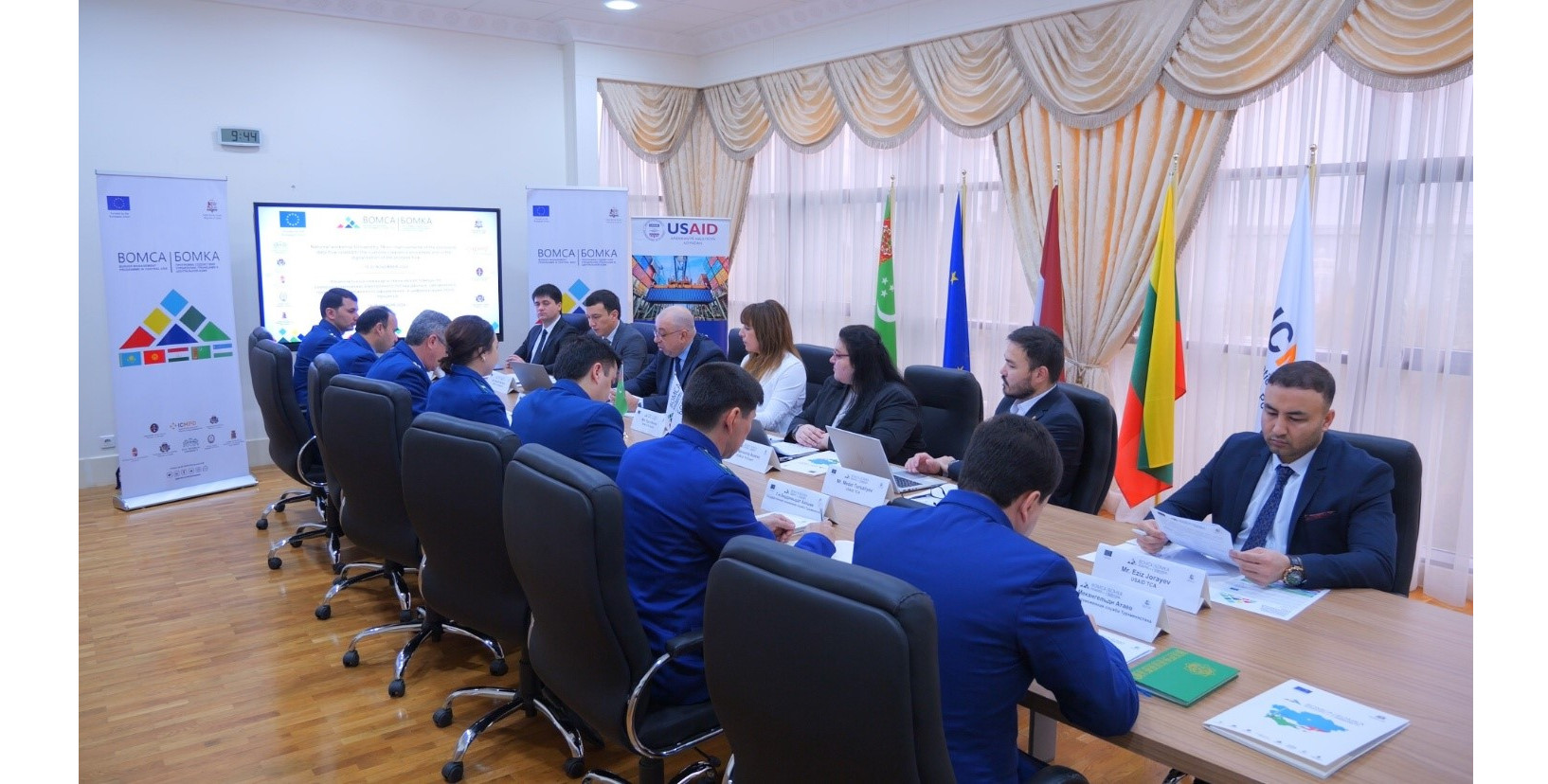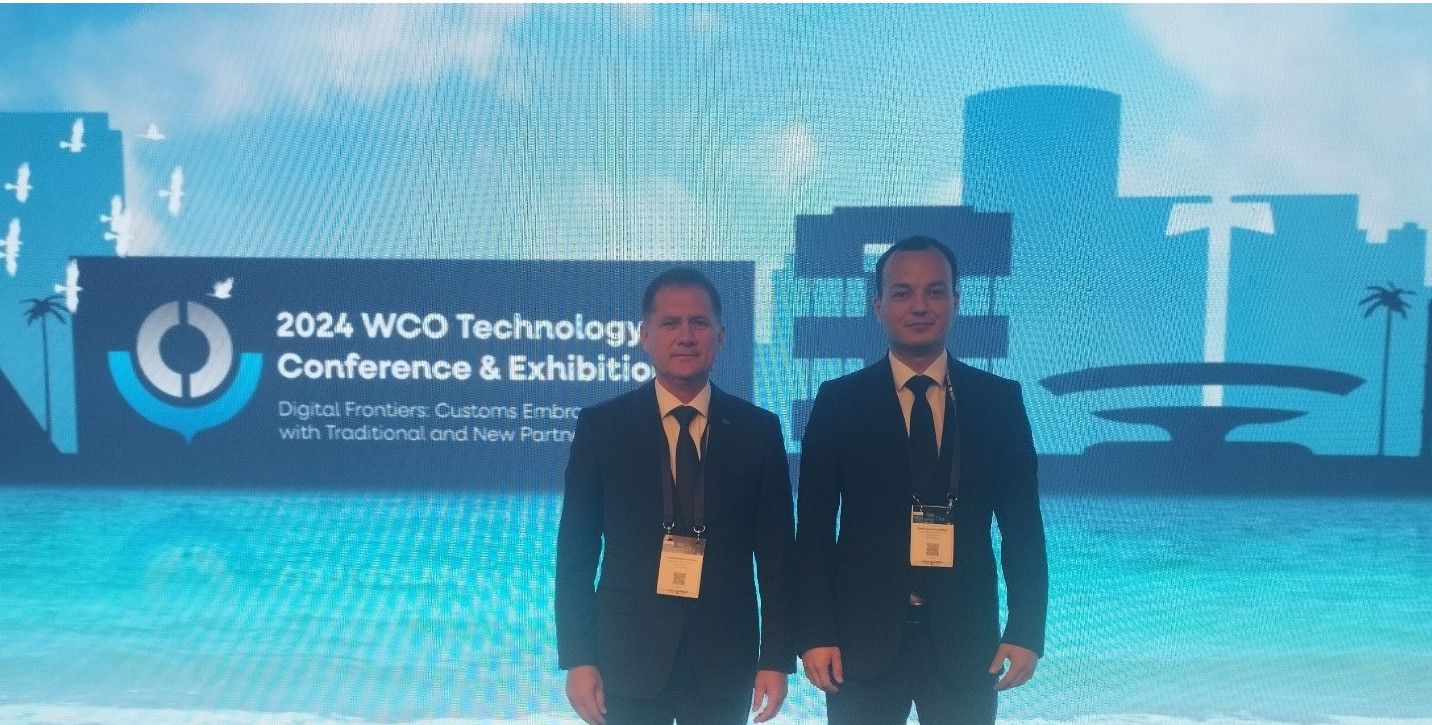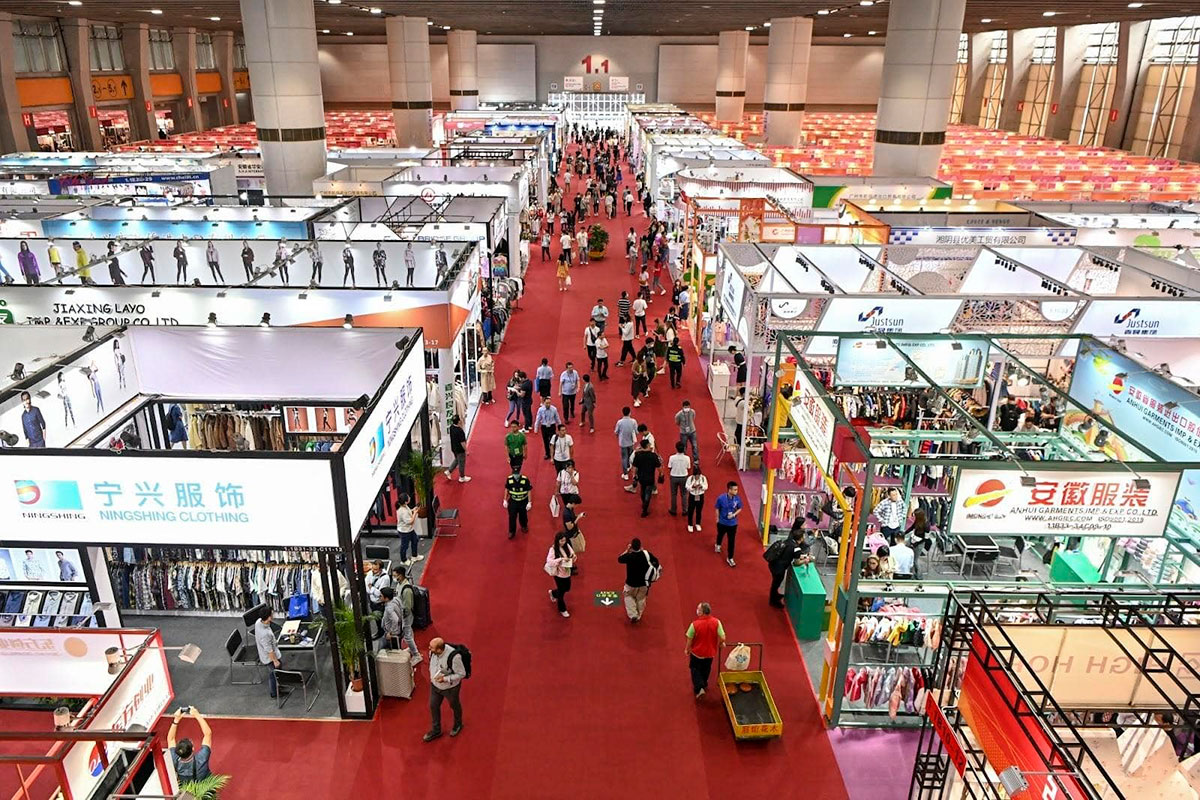The International Scientific-Practical Conference TESC-2024 continues its work in Ashgabat.
On the second day of the major forum, which examines the future of energy through the prism of new technologies and innovative environmental safety methods, reports were presented on the topic of utilization of carbon dioxide and sulfur in the extraction of hydrocarbon resources.
Vitaly Bakshaev, head of the laboratory of the Department of Descriptive Geometry and Resistance of Materials at the International University named after Yagshygeldi Kakayev, presented a research project developed at the university.
As the speaker explained, Turkmen scientists are currently actively working on solving problems of purifying natural gas from hydrogen sulfide, which is one of the main environmental pollutants.
Considering the process of extracting hydrogen sulfide in the context of modern achievements in the field of nanomaterials and nanotechnologies, development of information sciences, specialists introduce artificial intelligence and neural networks into their activities.
The basis of the hydrogen sulfide extraction process is the capture, absorption of hydrogen sulfide and its conversion into stable forms - sulfur or sulfates. Nanoadsorbents and nanocatalysts are used for this.
"We can program materials with pre-desired properties, that is, both in the chemical and physical-mechanical direction," says Vitaly Bakshaev. "But the task is so complex that it is impossible to do without artificial intelligence."
"Therefore, we are developing a number of programs on deep neural networks, recurrent neural networks. Generative adversarial neural networks are especially interesting for us."
"Neural networks, solving already known problems, self-learn. And then, when a request for an unknown task comes in, they use the knowledge gained, that is, self-learning. This way, we get the opportunity to correlate between the structure, that is, the appearance of the material and its chemical and deep atomic bonds."
"The problem is very complex, it needs to be solved from different directions. We are dealing with the interface of micro- and macroworlds. Quantum mechanical properties are already in effect here. I hope we will get an effective result of our research."
In conclusion, the speaker added that the issues raised by the International Scientific and Practical Conference taking place these days in Ashgabat are very relevant, and the possibility of solving them implies the consolidation of joint efforts.








